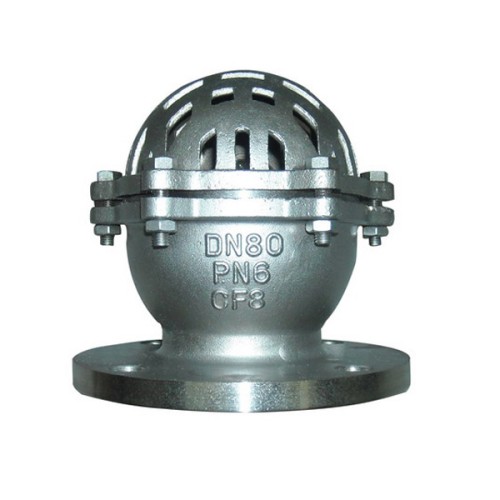house pressure reducing valve
Understanding House Pressure Reducing Valves A Comprehensive Guide
In modern plumbing systems, maintaining the right water pressure is crucial for the efficiency and longevity of various appliances and fixtures. One essential device that plays a significant role in managing water pressure in residential settings is the pressure reducing valve (PRV). This article will delve into the function, benefits, and installation of pressure reducing valves in homes.
What is a Pressure Reducing Valve?
A pressure reducing valve is a mechanical device designed to lower the incoming water pressure from the municipal supply to a more manageable level suitable for residential use. Home plumbing systems typically operate best at pressures between 40 to 60 psi (pounds per square inch), and a PRV helps achieve this standard by regulating the flow of water based on pre-set parameters.
How Does a Pressure Reducing Valve Work?
The operation of a PRV is based on a simple yet effective mechanism. As water enters the valve, it passes through a diaphragm activated by either a spring or weight. When the incoming pressure exceeds the set limit, the diaphragm moves to restrict the flow, thus reducing the pressure downstream. Once the pressure drops to the desired level, the diaphragm returns to its original position, allowing more water to flow freely. This process happens continuously, ensuring consistent water pressure throughout the plumbing system.
Benefits of Using a Pressure Reducing Valve
1. Protection of Plumbing Fixtures High water pressure can cause significant damage to pipes, faucets, and appliances such as washing machines and dishwashers. A PRV protects these fixtures by reducing the risk of leaks, bursting hoses, and premature wear.
house pressure reducing valve

2. Conservation of Water By regulating water pressure, a PRV can lead to better water conservation. Lower pressure often results in reduced flow rates, which helps in minimizing water wastage without compromising performance.
3. Improved Appliance Efficiency Many household appliances are designed to operate optimally at specific pressure levels. Utilizing a PRV ensures that these devices function efficiently, leading to better performance and potentially lower energy costs.
4. Enhanced Comfort Excessive pressure can lead to uncomfortable experiences, such as loud noises in pipes (water hammer) or variable water flow. A PRV mitigates these issues, promoting a more comfortable living environment.
Installation and Maintenance
Installing a pressure reducing valve typically requires a professional plumber, especially if you lack experience in plumbing. The valve is generally installed on the main water line, near where the water enters the house. Proper positioning ensures that all plumbing fixtures benefit from the regulated pressure.
Once installed, maintaining the PRV is relatively simple. Homeowners should periodically check the valve for leaks or signs of wear, and periodic adjustments may be required to maintain the optimal pressure level as the water supply fluctuates. If a PRV needs replacement, it’s advisable to consult with a plumbing professional to ensure the correct specifications are met.
Conclusion
In summary, a pressure reducing valve is an invaluable component of a home’s plumbing system. It not only protects plumbing fixtures and appliances but also promotes water conservation and enhances overall comfort. With proper installation and maintenance, a PRV can provide peace of mind and longevity in water supply management. Homeowners who are unsure about their current water pressure levels or the need for a PRV should consult with a plumbing professional to assess their specific needs and ensure their plumbing system operates efficiently and effectively.
-
The Key to Fluid Control: Exploring the Advantages of Ball Valves in Industrial SystemsNewsJul.09,2025
-
The Versatile World of 1, 2, and 3 Piece Ball ValvesNewsJul.09,2025
-
Stainless Steel Ball Valves: The Ideal Choice for Efficient Flow ControlNewsJul.09,2025
-
Optimizing Fluid Control with Ball Float ValvesNewsJul.09,2025
-
Manual Gate Valves: Essential for Control and EfficiencyNewsJul.09,2025
-
Everything You Need to Know About Butterfly ValvesNewsJul.09,2025
-
The Versatility of Wafer Type Butterfly ValvesNewsJul.08,2025




